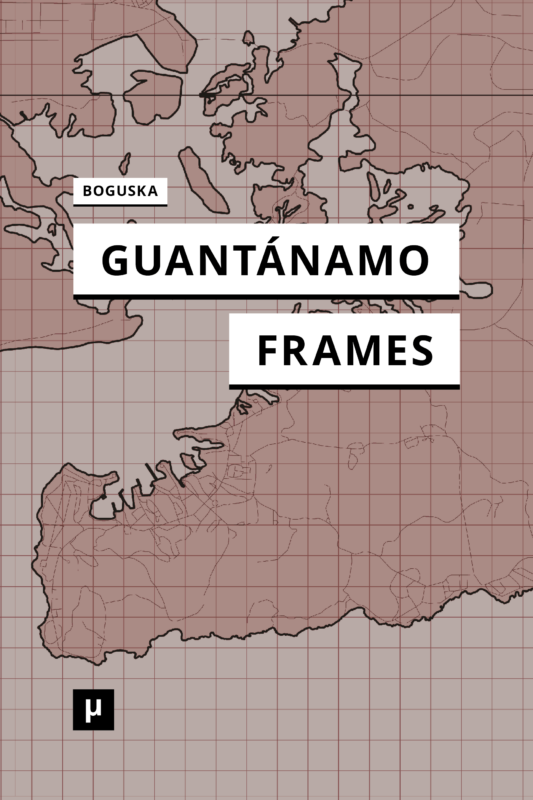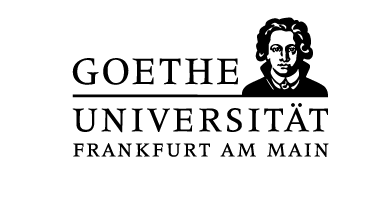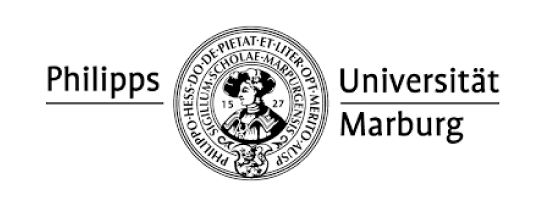Guantánamo Frames
For the last twenty years, the Guantánamo Bay detention camp has not just been a military prison and security facility, but also a site of media production. Films, photographs, and documents have continued to emerge from the camp and become the focus of fierce legal and political battles, as well as intense moral anguish. This book looks at how the US Department of Defense has struggled, and often failed, to control the public perception of these media objects through complex, layered framing devices. It traces how small ruptures in the Department’s framings have provided openings for critical interventions from various fields – ranging from journalism and human rights law to the arts. Guantánamo Frames thus lays the groundwork for a critical reappraisal of the entanglement of media, violence, and the security state in a broader sense.

Profile
Rebecca Boguska holds a PhD in Film and Media Studies from the University of Frankfurt. Her research explored the Guantánamo Bay detention camp not only as a military prison and security facility, but also as a site of media production. She was awarded a Postdoc.Mobility fellowship by the Swiss National Science Foundation, which supported her postdoctoral work at the University of Passau and Brown University. Rebecca is currently pursuing training as a seamstress.





